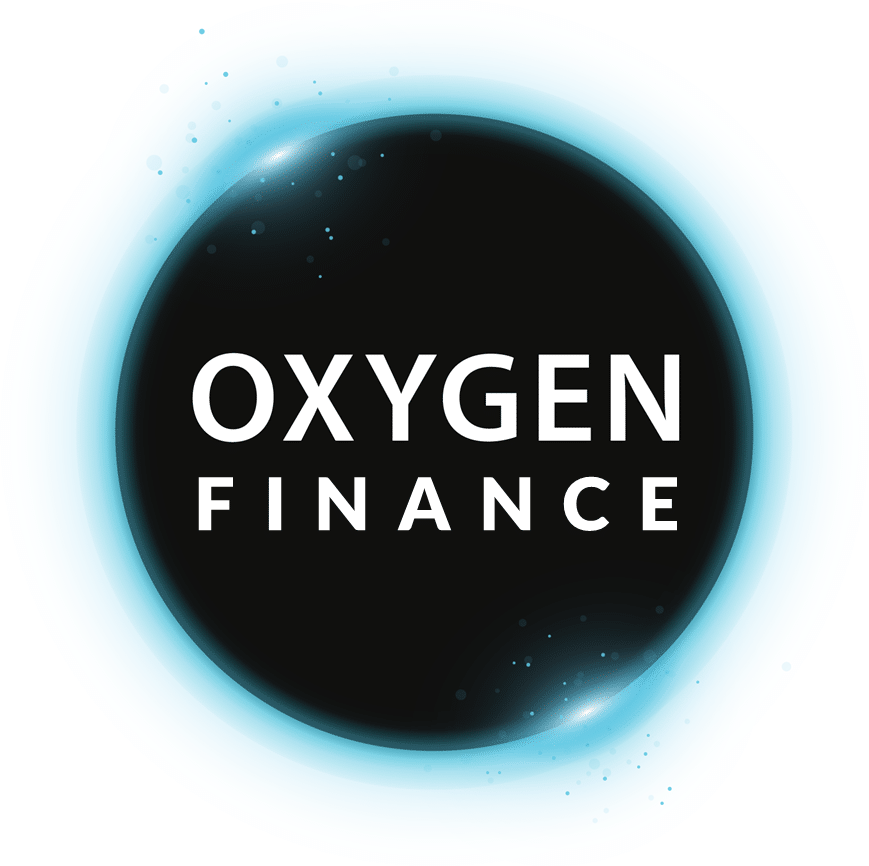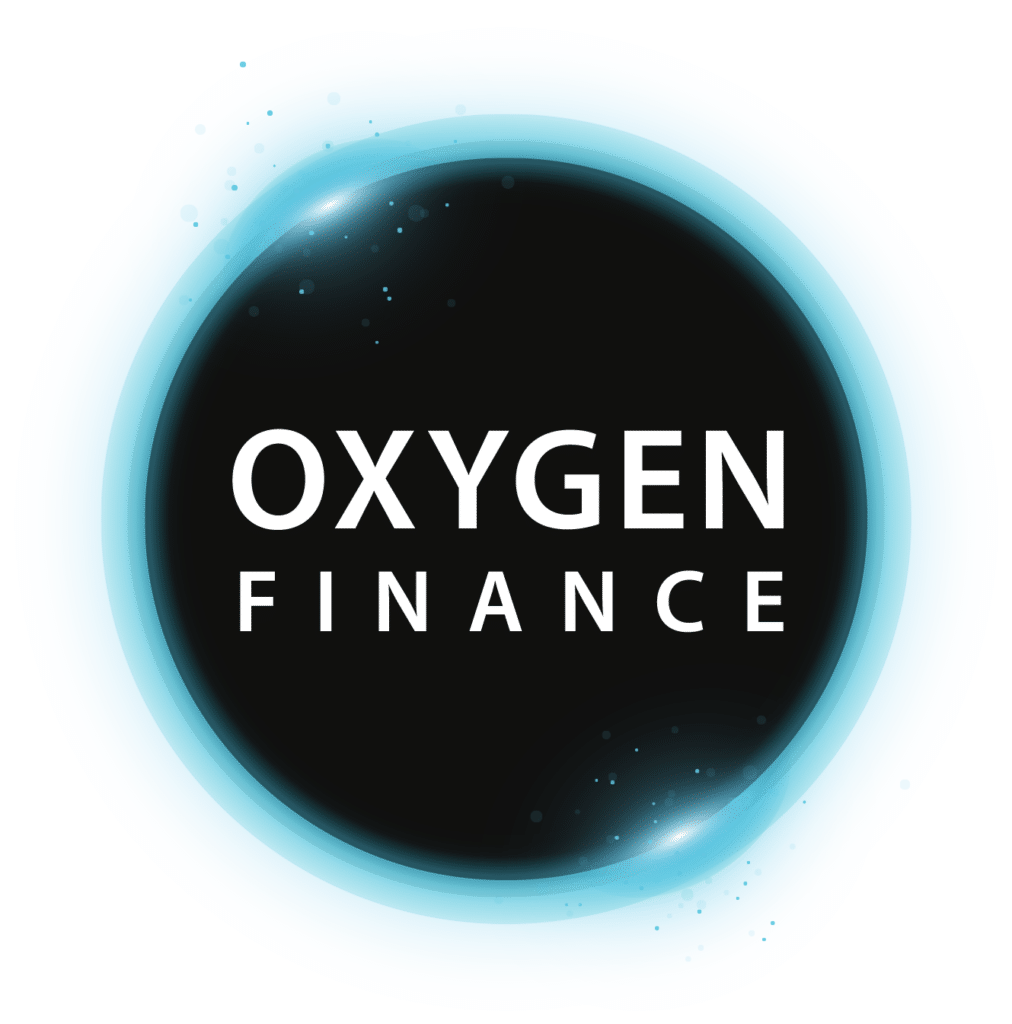In the ever-competitive landscape of public sector bidding, understanding the size of the market and the number of opportunities likely to be in play is pivotal to hitting, or better yet, exceeding your sales targets.
Earlier this month Chris Williamson, Insights Sales Director at Oxygen Finance, and Matt Mitchell, MD of BiddingUK held an online training session, using their collective experience of selling to the public sector to shed light on critical aspects of pipeline development. In this post we review the key lessons from the session, and summarise the key takeaways for sales, marketing and bid teams.
The Foundation of Pipeline Visibility
At its core, pipeline visibility is about the ability to foresee potential sales opportunities and accurately map them over time. It’s more than a forecast; it’s a blueprint for action that aligns anticipated projects with your sales targets. Being able to understand how both fit together means you are able to ‘see the whole chessboard’, and in doing so, lessen the chance of a strategic error.
Creating a Pipeline From Scratch
The creation of a sales pipeline need not be complex. It primarily involves curating a list of potential opportunities that align to your core offerings, a foundation that can evolve into a more sophisticated system if resources and time permit.
Start with a basic list of opportunities tailored to your criteria – be that geographic, size, or otherwise. While some might opt for a sophisticated CRM-linked approach, a basic spreadsheet listing opportunities, buyer information, contract value, geography, and due dates could suffice as your first baseline pipeline.
| Organisation | Contact Name | Contact Job Role | Requirements | Likely Tender Release Date | Territory | Likely Contract Value £ | % Likelihood of Winning |
Mastering pipeline visibility isn’t about spreadsheets though, and it’s not ‘wishing on a star’ forecasting; it’s a blend of knowing your clients, proactive relationship-building, and timely engagement. It’s about developing future prospects while also keeping a vigilant eye on retaining existing contracts.
The Importance of a Proactive Approach
Success doesn’t just happen. It’s a result of proactive measures taken well in advance. Accurately predicting the required volume of deals you’ll need in your pipeline to reach, or indeed exceed targets is paramount.
For instance, if you have been set a £20 million target, and you expect a 20% win rate, you’ll need a £100 million pipeline, or more, to be comfortable about hitting your numbers. Failing to align pipeline volume to your target exposes you, and your company, to a very risky proposition; expecting business to materialise out of thin air.
The Four Steps to Building a Perfect Pipeline
For organisations who regularly sell into the public sector, there are four steps we’ve found essential to developing a pipeline with strong foundations:
Step 1. Map Your Existing Contracts
Start with what you already have. Often overlooked, the analysing of existing contracts provides your first, not your last, task in creating your pipeline. Understanding contract timelines, relationships, and renewal possibilities is critical. Don’t get blinkered by immediate gains – remember you’ll need to maintaining existing contracts while also pursuing new business, or all your effort will go into simply replacing lost business.
| Client | Contract Name | Contact Name | Contact Job Role | Contract Expiry Date | Contract Value £ | % Likelihood of Contract Renewal |
Look in the rear-view mirror to ensure contracts are not only secured but nurtured – is there more business you can take from that customer? Losing an existing contract is in some circumstances almost unforgivable – don’t let it happen to you. Start with your existing client base and you’ll be ready to make sure it doesn’t.
Step 2. Scan the Market
The value in acquiring market intelligence to pinpoint potential clients ready for purchase, rather than adopting a scattergun approach and hoping for success, may seem obvious. However, too many organisations fail to use the intelligence they acquire effectively, amassing valuable pre-bid data that is then ignored when developing bid strategies!
Delving into active, expiring, and past contracts can help you to spot likely opportunities and give you the chance to find work that best aligns with your value proposition. Any information you collect should be added to your understanding of the marketplace, and once genuine opportunities have been identified you must ensure they are acted upon.
| Organisation | Contract Name | Incumbent Supplier | Contract Value £ | % Likelihood of Retendering | % Likelihood of Winning |
Step 3. Define Your Value Proposition
It’s essential to clearly define the unique value your business offers, plus any ‘winning themes’ that have helped you stand out before, and make sure they align with the potential contracts you’ve selected to avoid your team grinding their wheels on futile bids.
Create a simple ‘pros and cons’ list and put yourself in the buyers shoes to help understand why a customer might or might not choose your company.
| Reasons why we are the right firm to fulfil this contract | Reasons why we might not be the right firm to fulfil this contract |
By doing this you’ll be able to develop a rigorous process of evaluating bids, ensuring alignment with win themes and your capabilities to deliver, increasing your win rate.
Step 4. Qualify Each Opportunity
Too many firms rack up substantial and unnecessary costs due to inefficient bidding practices. Redirecting effort from scattergun, churned-out tender responses towards hand-picked, targeted opportunities with proactive engagement significantly impacts win rates, and stops you from overextending by bidding on projects beyond your company’s capabilities.
Don’t forget – committing to projects your company can’t realistically execute through ‘overexcited’ bids could potentially jeopardise your company’s reputation (and yours!) and your capability to deliver.
Make sure that you ask the crucial question, “Why would they award us the contract?” This simple question can help you better understand the buyer’s perspective and align your bid strategies accordingly – and if you can’t answer the question then you should question whether you fully understand the requirements of the buyer.
The Secret to Building Successful Decision-Maker Relationships When Bidding
In the rough-and-tumble of bidding, success often hinges on the ability to build robust relationships with public sector decision-makers – but few things are as clouded with misunderstandings as the relationship between procurement and sales, which can have profound implications for your success rate. Here are some of the most pervasive myths we hear:
Myth 1: “Public Sector Procurement Aren’t Allowed to Talk to Suppliers”
The truth is that there’s a clear distinction between pre- and post-tender engagement. Pre-tender, dialogue is often encouraged and forms a crucial part of the procurement process for complex projects. Understanding this distinction is pivotal. Buyers are trusted by their organisations to understand the markets they operate in, and they can’t do that without speaking to the market – and that means you!
Before making contact, use portals and FOI requests to learn more about the organisation and their current contract arrangements, so you can speak from a position of knowledge. And it’s not just about picking up the phone – use LinkedIn to foster meaningful connections with buyers and follow their profiles to gain insights into current and upcoming opportunities.
Remember though, once the tender is published, all communication is through the portal.
Myth 2: “Buyers Don’t Want to Speak to Suppliers”
Contrary to this belief, many procurement strategies demand engagement with the market. Buyers’ welcome supplier input, as you can provide them with valuable insights into best practices and new innovations within the industry.
But beware, buyers are indifferent to a seller’s accomplishments; what they want to hear about is solutions to their problems. This means putting down the sales deck and shifting to a more educational approach that not only addresses current challenges, but also anticipates future needs by understanding what success looks like from the buyer’s perspective.
This focus on education will allow you to influence procurement specifications subtly without resorting to overt sales tactics. For example, hold back on showcasing awards and accreditations until the bid phase, using evidence strategically as required.
Remember – lack of buyer awareness can lead to poorly defined requirements, resulting in bids for contracts that might not serve the intended purpose. Educating buyers becomes pivotal to both ensure the effective use of public funds – and meeting your targets.
Myth 3: “Hundreds of Suppliers Bid on Each Opportunity”
This reality can often surprise bid teams – a growing number of tenders are receiving only a handful of bids – sometimes even just one, or none! If you have correctly aligned of your capabilities with the tender specifications, you might find yourself in a much stronger position than you might think.
The key here is to be fully cognisant of the opportunities that are out there – using services such as Tendalert or bidstats to identify expiring contracts or tender opportunities as a minimum, and augment with Pre-Procurement intelligence to give your sales team time to build relationships with buyers and shape tender specifications.
The relationship between seller and buyer needs nurturing, just like any relationship in life. Engaging strategically throughout the lifespan of an opportunity, from need identification through to tendering, is crucial. From early market insights to the tender submission, being proactive in relationship-building can significantly impact the outcome. Investing in understanding the buyer’s needs and aligning your bid accordingly enhances the chances of success.
Myth 4: “Everything’s Tendered, So I’ll Wait for the Tenders”
Suppliers can sometimes mistakenly believe that merely being on a framework assures continuous contract flow. Sitting idly on frameworks without proactive engagement will rarely guarantee success. Reactive approaches yield minimal rewards compared to the more proactive outreach that can secure multiple opportunities.
In truth, a significant portion of contracts is awarded through direct awards, extensions, or frameworks. Waiting for tenders limits opportunities, as a substantial amount of procurement happens outside the traditional bidding process. The better your market intelligence, the more informed your pipeline, and that means more wins and less time wasted.
The importance of early engagement cannot be underestimated. Talking to buyers when decisions are still in the influence-phase offers a prime opportunity to educate the buyer, shaping contract specifications and leading to better outcomes for you, the buyer, and the end service user.
Tools such as Oxygen Insights’ Pre-Procurement intelligence can help you identify upcoming contracts months, and even years, before formal tendering begins, allowing informed sales teams to better position themselves to win more work.
Bidding is Too Important To Be Left To The Bid Team
Too often firms overlook the power of aligning sales, marketing, and bid strategies. Marketing teams can warm up potential opportunities before the sales team engages, creating a smoother transition between the sales, pre-bid engagement, and bidding phases. Remember that marketing teams often have a significant budget, unlike the average sales team!
Familiarity within your target market is crucial. Working hand-in-hand with marketing can help you developing brand awareness with the buyers you want to influence. Well thought-out ,ulti-channel campaigns can envelope potential future buyers in your messaging, whereas any perceived ‘absence’ from the market can lead to your firm being effectively ‘locked out’ of deals for extended periods.
Any bid strategies should also align with your organisation’s overarching growth strategy, with particular attention given to the products and services that form part of the long-term vision.
Smart teams also recognise the need for effective resource allocation and bid capacity planning. Overloading bid managers with unrealistic expectations just creates problems for the future. Better to accept the need for strategic planning head-on and improve the chances of you using your limited resources more effectively.
Successful bidding is not solely the responsibility of a bid manager or director; it’s a collective effort involving various teams within your company. Every member has a specific role to play, and you’ll need to work as a team to create a winning bid.
Bid writing at its best is collaborative, with bid teams working in partnership with subject matter experts to translate technical expertise into compelling ‘bid’ language that communicates your value proposition effectively.
Play The Ball in Front of You
Finally, keep in mind that bid evaluators can only assess what’s presented to them against the criteria they set out in the tender. Build your bid around the given specifications in the tender document, even if they differ from what internal stakeholders may have told you privately. Matching your bid to the detail laid out in the tender document is key to winning bids. Playing by the rules set in the tender is essential for success, as resolving any discrepancies between the tender document and what’s being asked for within the underlying service area can follow once the contract is secured.
Failing to Prepare is Preparing to Fail
In a competitive landscape, the power of an organised, intelligence-based, and strategically aligned pipeline is the bedrock of a strong, winning sales team. Developing a reliable, realistic sales pipeline requires a blend of relationship-building, education, and data-driven foresight – but get it right and you’ll unlock a steady stream of opportunities that will allow you to reliably hit your sales targets.
10 Key Takeaways (+1 Bonus Tip!)
- Proactivity Trumps Passive Engagement: Mere inclusion in frameworks isn’t a guarantee of success; proactive engagement is key.
- Act on Your Actionable Insights!: Gathered opportunity intelligence should be analysed and acted upon to influence bid strategies positively.
- Quality, Not Quantity: Focus on qualified opportunities rather than bidding on everything.
- Nurture Relationships: Proactively engage to avoid being locked out of long-term contracts or frameworks.
- Educate Buyers: Pre-procurement conversations focussing on the buyers’ needs are vital if you are to help them correctly align these needs with bid specifications.
- Build Market Visibility: Establish a recognised brand presence in the target market.
- Create a Coalition for Success: Align sales, marketing, and bid strategies for a seamless transition from pre-bid engagement to bidding phases.
- Write Bids Collaboratively: Translate technical expertise into compelling bid language through inter-departmental collaboration.
- Develop Your Bid Essentials: Define winning themes, value propositions, and deliverability to effectively qualify opportunities.
- Get Organisational Alignment: Connect bid strategies with the overarching organisational growth strategy for more significant impact.
- Optimise Your Resources: Efficient resource allocation and capacity planning are critical for successful bid outcomes.




